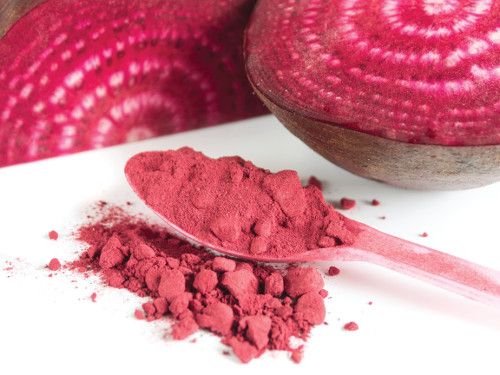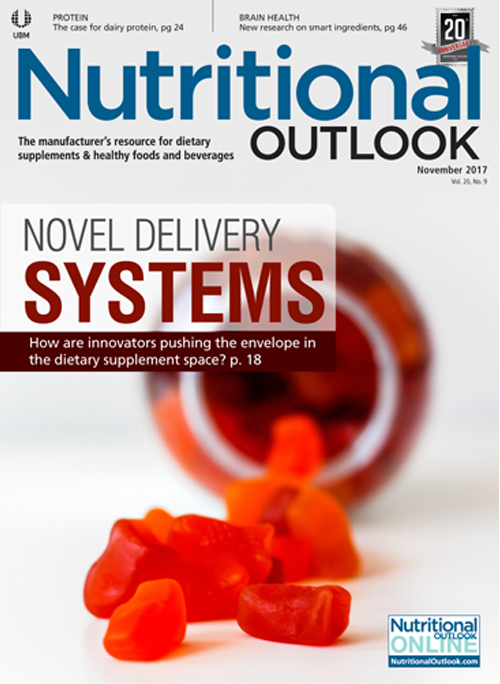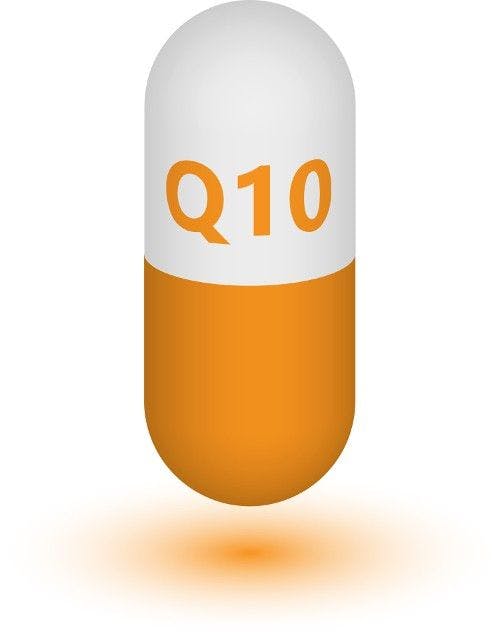Natural Color Stability: Challenges and Opportunities
Savvy shoppers are rejecting artificial colors-and they’re willing to pay more for the real deal-but creating stable, natural colors is still a challenge.
Photo © Shutterstock.com/Fangfy

When it comes to natural colors, consumers have spoken loud and clear: gone are the days of indifference about artificial colors and preservatives. Tammi Higgins, business unit head, colors, Lycored (Orange, NJ), points to recent Nielsen data indicating that more than three in five consumers globally say they do their best to avoid artificial colors. She notes that when Lycored conducted a 506-person survey to determine whether consumers would be willing to pay more for products featuring natural colors and flavors, nearly nine in 10 said that they would. And while it’s clear that natural colors are in, it can still be difficult for formulators to find stable, natural color solutions, namely because of the challenges natural colors face.
For one thing, natural colors are often more expensive to formulate with than their artificial counterparts. The main challenge, however, is creating a natural color that holds up when exposed to particular rigors of the manufacturing process. Light exposure, heat sensitivity, and interactions with other ingredients are key challenges natural color companies face-obstacles that are largely avoided when working with synthetic ingredients. “The synthetic food colorants that the food industry came to rely on over the past 50–60 years are relatively very well-behaved and consistent in their performance,” Winston Boyd, director of technical services, Gold Coast Ingredients (Commerce, CA), tells Nutritional Outlook. “Natural colorants, on the other hand, may have issues with pH, heat, and light stability.”
In addition, it’s critical that manufacturers understand a natural color’s behavior can be “highly dependent on the application,” Boyd states.
The behavior of certain color ingredients, for instance, may be affected by other ingredients within the same food or beverage formulation. “For example,” says Campbell Barnum, vice president, branding and marketing, D.D. Williamson (DDW; Louisville, KY), “vitamin C will enhance the stability of finished beverage products colored with carotenoids like beta-carotene and paprika oleoresin, but the same vitamin will cause the degradation of anthocyanins.”
Even once a natural color is successfully formulated, however, keeping the color of a finished product vibrant once it hits the market can be just as tricky.
To ensure the stability of its natural colors, DDW, Gold Coast, and Lycored are focusing on testing and research. “DDW has standard methods to test parameters that influence the stability of colors,” Barnum says. “We use instrumentation to measure color before and after product application stress testing in heat, light, or different pH environments. For example, we will store food products with colors for eight weeks at elevated temperature. The heat test allows DDW to approximate the shelf life of colors in finished products.” Barnum says DDW’s NaturBrown ingredients, for instance, are formulated from 100% natural sources and “have the optimal balance between stability, flavor, and color.”
Lycored has focused its innovation in the natural colors category on bright, bold reds, yellows, and oranges, including its lycopene-based Tomat-O-Red colorant, which is formulated from the carotenoid extracted from tomatoes and is highly heat, light, and pH stable. But even these colors can face challenges at times, the company says, which is why it continues to embark on extreme stability testing to improve performance.
Gold Coast, meanwhile, says it is “working daily to develop specific color formulations to meet the demanding challenges of our customer base.” Boyd says that Gold Coast currently has some “entirely new concepts” in the pipeline aimed at solving some of the challenges associated with working with natural colorants.
Ultimately, one of the best ways for color manufacturers to ensure natural color stability is identifying the right colorant. Both Higgins and Boyd stress the importance of selecting a colorant that you know is going to give you stability. “It’s much better doing that than adding chemicals to prevent bleeding, or changing your manufacturing processes,” Higgins says.
Boyd agrees: “A knowledgeable color technologist can steer the product developer to the right class [or] formulation of natural food colorant for the application. If we understand the challenges earlier in the process, it gives us much more flexibility in achieving the desired result.”
If companies want to get in on the natural trend, there’s certainly work to be done-but they won’t be starting from scratch, thanks to supplier advancements. Given the manufacturing challenges and costs associated with achieving convincing, highly stable natural colors, is it worth it? Naturally.
Also read:
Natural Color Demand Is Especially High in These Food and Beverage Markets
Switching from Synthetic to Natural Colors? Here Are Your Challenges.

Prinova acquires Aplinova to further increase its footprint in Latin America
April 7th 2025Prinova has recently announced the acquisition of Brazilian ingredients distributor Aplinova, which is a provider of specialty ingredients for a range of market segments that include food, beverage, supplements, and personal care.




















